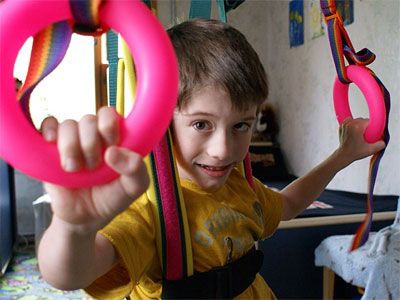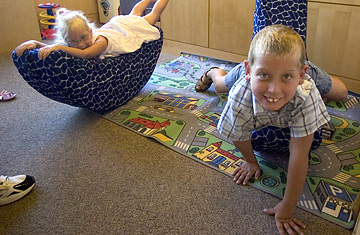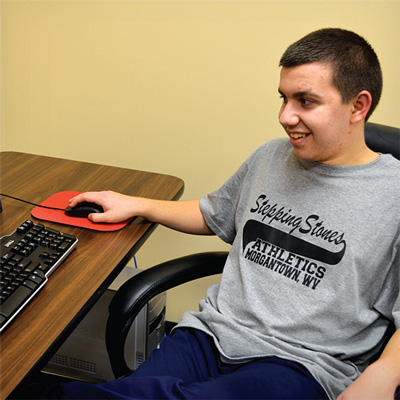Fragile X Syndrome: Treatment Options
Fragile X syndrome is a genetic disorder that often results in intellectual disabilities. This inherited disorder can cause a wide range of issues, including social and behavioral problems, sensory problems, and speech and language problems. To date, there is no cure for Fragile X syndrome. However, treatment options exist to help your child cope with the symptoms. The sooner your child gets the help he needs, the better the outcome will be.
Speech & Language
Typically, boys with Fragile X syndrome display more severe communication issues than girls do. A child with Fragile X may have cluttered speech, a rapid or fluctuating rate of speech, or dysfluent speech. He may also display phonological problems, such as consonant substitutions or distortions. He may leave out some sounds altogether. While you might notice that single words are easy to understand, your child’s conversation might be unintelligible. Children with Fragile X also often have oral motor difficulties. For example, they might have poor muscle tone.
Pragmatic language skills are also difficult for those with Fragile X syndrome. These deficits appear to often affect girls as well as boys. Children may have trouble maintaining the topic of conversation and they may display difficulties with direct questions. Problems with abstract language, word repetitions, and eye contact have also been reported.
Speech Therapy
A speech-language pathologist (SLP) can help your child cope with all of these symptoms. To reduce anxiety, it’s generally recommended that the SLP work with the child in a familiar environment or within a familiar structure. Collaboration between the SLP and other professionals who are treating the child is also recommended. The exact treatment plan will be customized to the child’s needs – every child with Fragile X syndrome will display different symptoms in varying severities.
The SLP might recommend an augmentative and alternative communication (AAC) device like picture cards or sign language if the child is highly nonverbal or if his speech is unintelligible. The SLP might work with the child to help him learn to pronounce each sound clearly. She might help him become aware of his rate of speech. If the child has difficulty with pragmatic language skills, rehearsing scripted conversations might help him develop those skills.
Occupational Therapy & Sensory Integration
Your child can also benefit from occupational therapy. Look for an occupational therapist with experience in sensory integration therapy. Sensory integration can help decrease your child’s sensitivity to auditory, visual, and tactile stimuli. It can also help him cope with changes in routine and it may help decrease ritualistic behavior. The occupational therapist will observe your child to determine the optimal environmental factors to suit his needs. For a young infant, she might work with the parents to teach swaddling and massage techniques. If the child is older, she might help him adapt to gripping a pencil or a computer mouse.
Behavioral Therapy
A behavioral therapist will also spend some time observing your child. She will try to determine why he acts in a certain way. She can teach your child to learn how to monitor his own reactions and to cope with his feelings in a more positive manner. Parent and teacher collaboration is critical. The behavioral therapist can work with you and your child’s teachers to develop useful responses to behaviors. One technique is the use of visual cues as reminders. For example, tapping a finger to your ear can indicate to your child that it’s time to listen.





